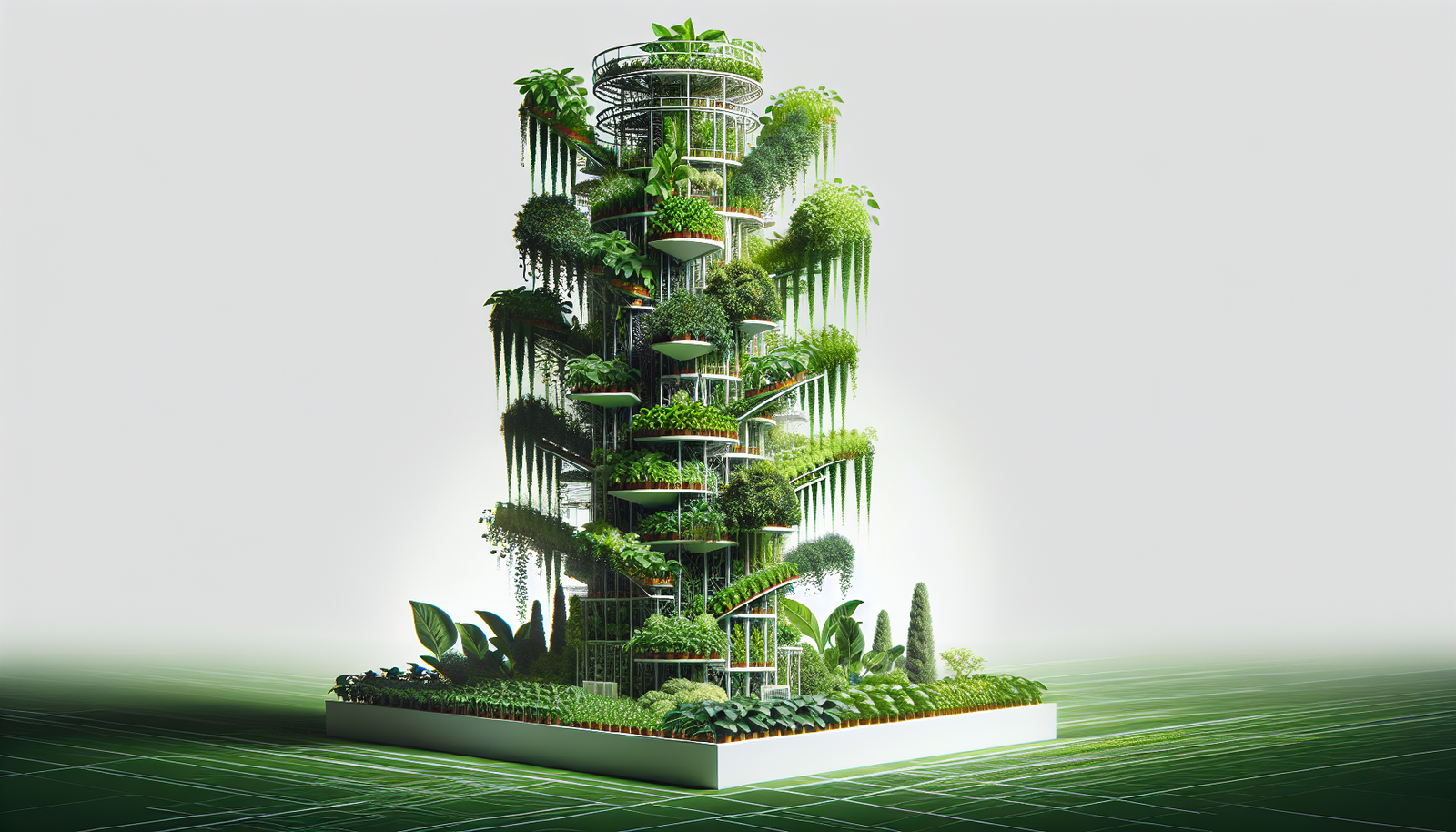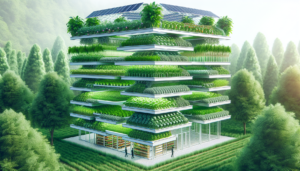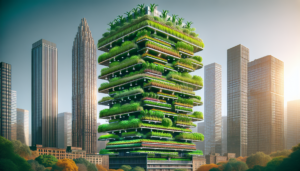
Are you interested in learning about the fascinating world of vertical farming? Look no further! With an online course dedicated to teaching you the basics of vertical farming, you can gain a wealth of knowledge from the comfort of your own home. Discover the ins and outs of this innovative method of growing crops vertically, using minimal space and resources. From understanding the benefits of vertical farming to learning the various techniques and technologies involved, this course is your gateway into the exciting world of sustainable agriculture. So, why wait? Enroll today and embark on an educational journey that will empower you to make a positive impact on the future of food production.
Understanding Vertical Farming
What is vertical farming?
Vertical farming is a revolutionary approach to agriculture that involves growing plants in vertically stacked layers or vertically inclined surfaces, using hydroponic, aeroponic, or aquaponic systems. Unlike traditional farming methods that require large plots of land, vertical farming utilizes limited space by growing crops in a controlled environment, such as greenhouses or indoor facilities.
Advantages of vertical farming
There are several advantages to vertical farming that make it an attractive option for modern agriculture. Firstly, vertical farming allows for year-round crop production, independent of seasonal or climatic conditions. By controlling the environment, crops can be grown regardless of weather extremes or limited daylight hours, ensuring a consistent supply of fresh produce.
Additionally, vertical farming significantly reduces the need for pesticides and herbicides since the controlled environment minimizes the risk of pest infestations and disease outbreaks. This makes vertical farming a more sustainable and environmentally-friendly alternative to conventional farming methods.
Moreover, vertical farming requires much less water compared to traditional agriculture. With the use of hydroponic or aeroponic systems that recycle water, the amount of water needed to grow crops is greatly reduced. This is particularly advantageous in regions facing water scarcity or drought conditions.
Lastly, vertical farming has the potential to significantly reduce the carbon footprint associated with food production and transportation. By growing crops closer to urban centers, the need for long-distance transportation is minimized, resulting in lower greenhouse gas emissions and energy consumption.
History of vertical farming
The concept of vertical farming can be traced back to ancient civilizations such as the Babylonians and Mayans, who built terraced gardens to maximize their crop yields. However, the modern concept of vertical farming emerged in the early 20th century with the advent of indoor gardening techniques.
The term “vertical farming” was coined by Dr. Dickson Despommier, a professor at Columbia University, in the early 2000s. He envisioned vertical farms as a solution to the increasing demand for food in urban areas and the growing concerns about the sustainability of traditional agriculture.
Since then, vertical farming has gained significant attention and has become a thriving industry. Advances in technology, such as LED lighting, automated systems, and precise nutrient delivery, have made vertical farming more economically viable and scalable. Today, vertical farms can be found in various urban centers worldwide, contributing to the local food supply and promoting sustainability.
Choosing the Right Online Course
Key factors to consider
When selecting an online course on vertical farming, several key factors should be considered to ensure a comprehensive learning experience. Firstly, it is essential to assess the course content and syllabus to ensure that it covers the fundamental principles, techniques, and practices of vertical farming. The course should provide detailed information on topics such as plant biology, hydroponics, pest management, and farm design.
Secondly, the instructor’s qualifications and expertise are crucial in determining the quality of the course. Look for courses taught by industry professionals or experienced practitioners who can provide practical insights and real-world examples.
Furthermore, consider the learning resources and materials provided by the course. Interactive modules, videos, and case studies can enhance the learning experience and provide a more engaging way to grasp the concepts of vertical farming.
Lastly, take into account the flexibility and accessibility of the online course. Ensure that the course allows you to learn at your own pace and provides access to the course materials even after completion. This allows for continuous learning and reference, particularly when setting up and managing your own vertical farm.
Available online platforms
There are several reputable online platforms that offer courses on vertical farming. These platforms provide a wide range of options to cater to different skill levels and interests. Some popular platforms include Udemy, Coursera, and Future Learn.
Udemy offers a variety of courses on vertical farming, ranging from introductory courses to more advanced topics. These courses are often self-paced, allowing learners to study at their own convenience. Udemy also provides lifetime access to course materials, enabling learners to revisit the content whenever needed.
Coursera offers online courses on vertical farming in collaboration with world-renowned universities. These courses are often more structured and include assignments, quizzes, and forums for interacting with instructors and fellow learners. Upon completing the course, learners receive a certificate to validate their newly acquired skills.
Future Learn offers courses that focus on sustainable agriculture and vertical farming practices. These courses provide insights into the latest technological advancements and include case studies and discussions on the future of vertical farming.
Course duration and structure
The duration of online courses on vertical farming can vary depending on the depth and breadth of the content. Introductory courses typically range from a few hours to a few weeks, providing a general overview of vertical farming principles and techniques.
More comprehensive courses, designed for individuals seeking to start their own vertical farms or work in the industry, can extend up to several months. These courses often cover topics such as farm design, crop selection, pest management, and financial planning.
Before enrolling in an online course, consider the time commitment required and ensure that it aligns with your learning goals and schedule. It is also advisable to read reviews and testimonials from past learners to gauge the course’s effectiveness and suitability.







